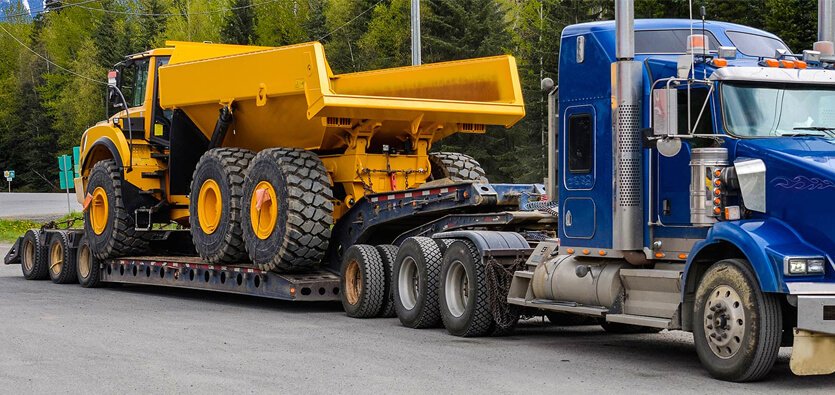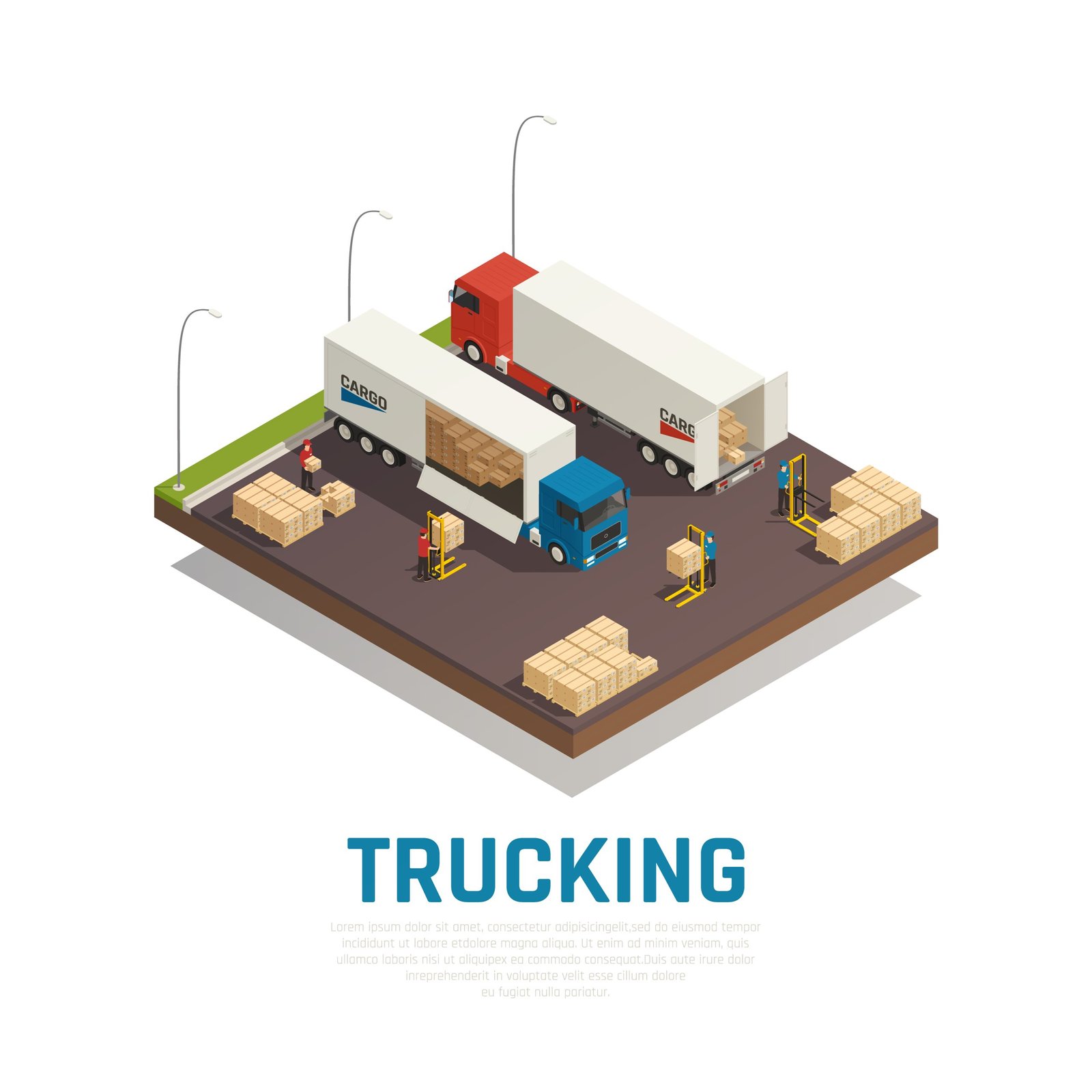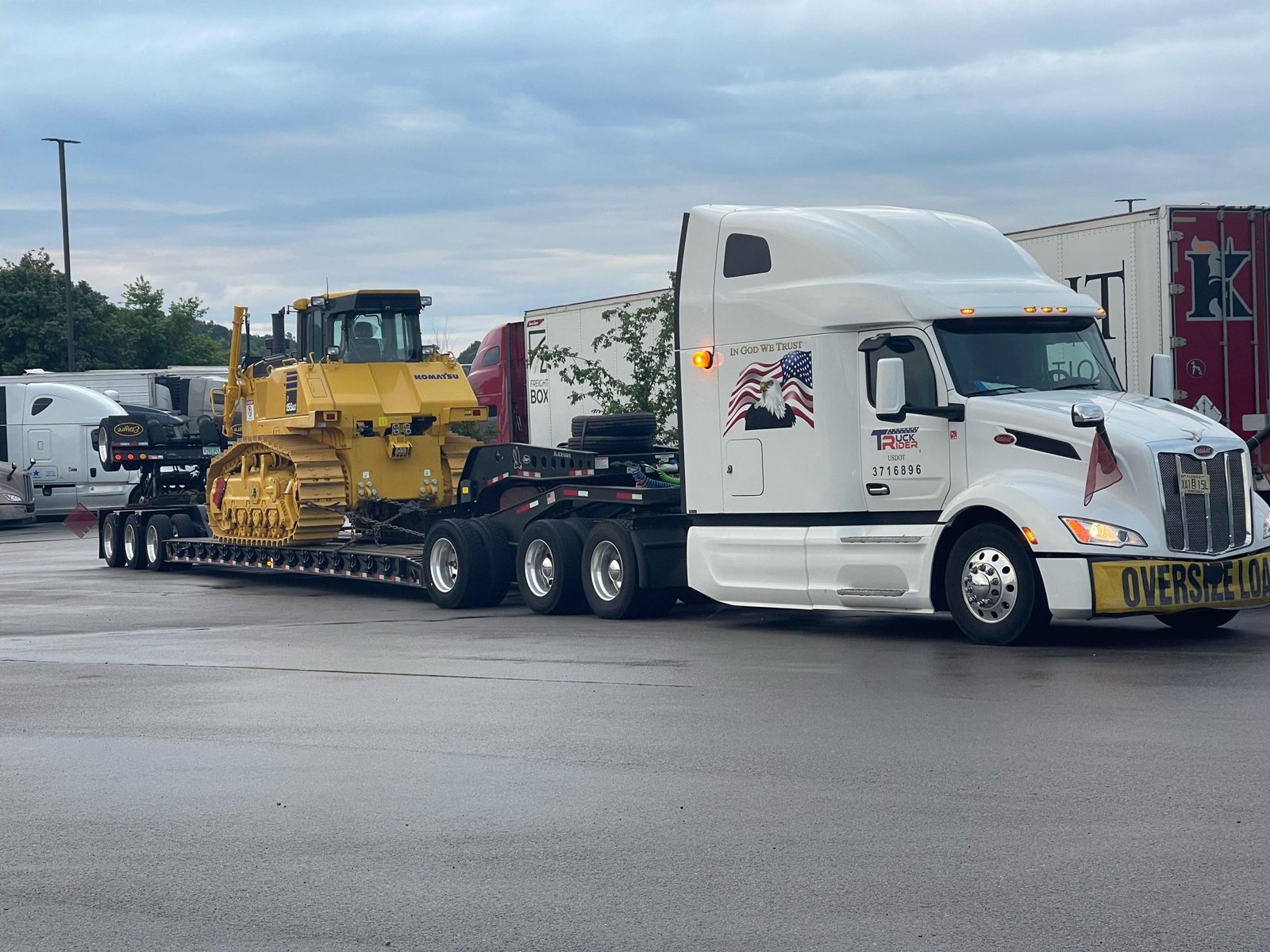Transporting heavy equipment is more complicated than regular cars due to various factors, including the size, weight, and shape of these vehicles. Whether you want to transport heavy equipment to another state or a construction site around the corner, it will be a challenging, time-consuming, and expensive process. Thus, planning is essential in transporting heavy equipment and other main guidelines.
Methods to Transport Heavy Equipment
Unlike usual vehicle transport, heavy equipment does not have a lot of options. Land transporting is the main road for moving heavy machinery, either on transporting trucks (roll-on/roll-off) or cranes.
The same methods can be applied to overseas transport, where the large vehicle can be driven on the vessel, hauled by containers, or on a flat rack if the heavy equipment cannot be operated.
The Preparation Processes
Before even leaving point A, many procedures are required to transport heavy equipment, as many documentations, examinations, and evaluations are needed. Therefore, the key to safe heavy machinery transportation is the good pre-planning:
Conduct a Documented Risk Assessment
Transporting heavy equipment is a huge responsibility. One small detail can lead to massive consequences, so it is vital to assess all the possibilities and perform a risk evaluation by documenting the taken steps and responding to failing situations. It can be conducted by a senior manager or supervisor, who can access all relative data and control the operation.
Provide Involved Sites and People with PPE (Personal Protective Equipment)
No matter how prepared you are, it can never get too safe. Therefore, protection tools for the entire team are necessary throughout the whole operation of the heavy equipment transport. In addition, PPE documentation is a risk-reducing strategy that permits the safety protocols you and your crew to adhere to.
Take Measurements and Dimensions
The cargo cannot be offset without knowing its dimensions. The height, width, length, and weight are essential factors for transporting heavy equipment, as the DOT regulation revolves around them. Moreover, these factors play a role in deciding on the transport method and carrier. Verify and document your machinery’s measurement to avoid fines, delays, or accidents.
Check the Trailer Capacities
Ensure the truck or vessel has what it takes to carry and hold the equipment taking into consideration their size and power. Inspecting the readiness of the trailer is also a part of the transporting operation, so examine their primary and backup tires, lights, brakes, tie-down points, and hydraulic lines.
The Loading Processes
It is not just about placing the cargo on the ramp but finding the appropriate way to do so and keeping it secure in that placement. Therefore, there are some main points to follow to ensure reliable heavy equipment transport:
Assign Duties
Chaos is not an option when loading a large vehicle, as everything should be in place so do people. The tasks should be divided among staff members, who need to be informed about their job and standing place, avoiding misunderstandings or confusion.
Inspect the Ramp and Line It with the Machine
Keeping the ramp and trailer’s decks clean is vital in transporting heavy equipment. Any oil, dust, ice, water, or debris can compromise the hauling operation. The ramps should also be leveled with the machinery to ensure a smooth movement.
Secure the Tie Points
After driving the heavy equipment or placing it on the trailer with a crane, all chains are securely tied down on the appropriate tie-down points and hooks. The driver’s visibility and movement should also be verified, where the heavy-duty vehicle should not form an obstacle for him to exit the vehicle or reach out tools.







